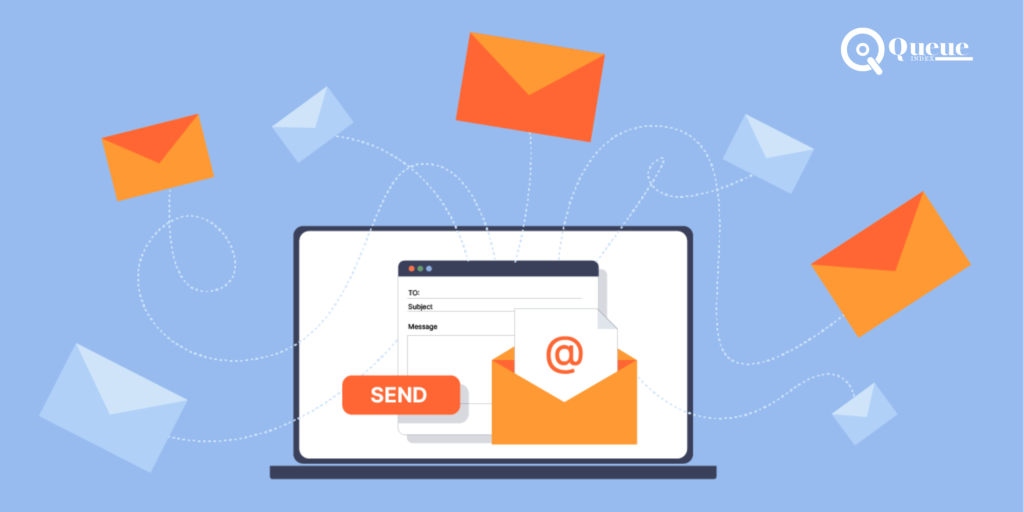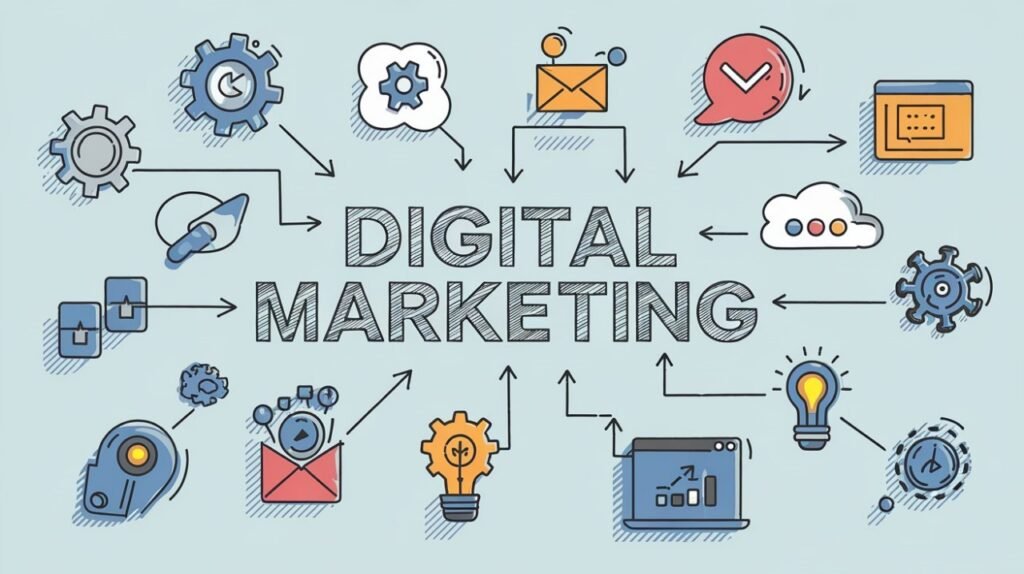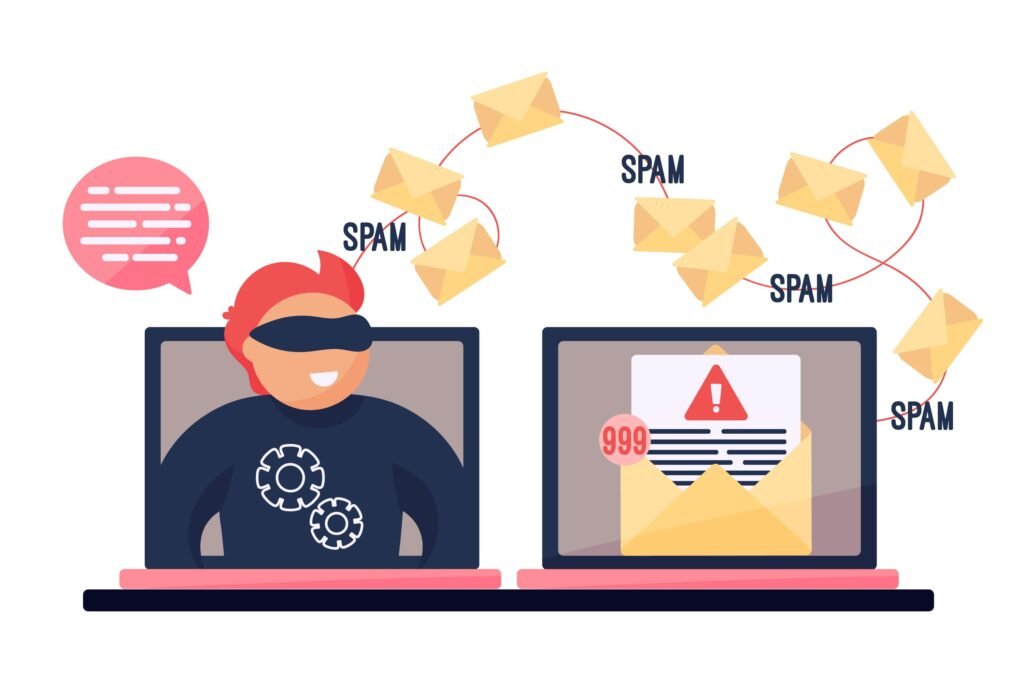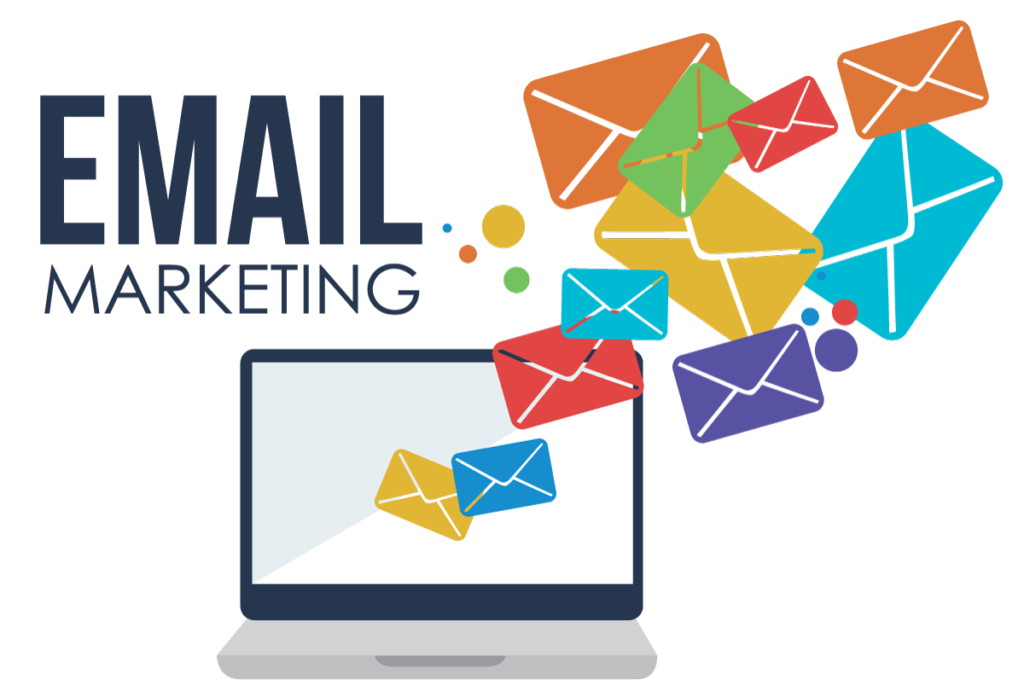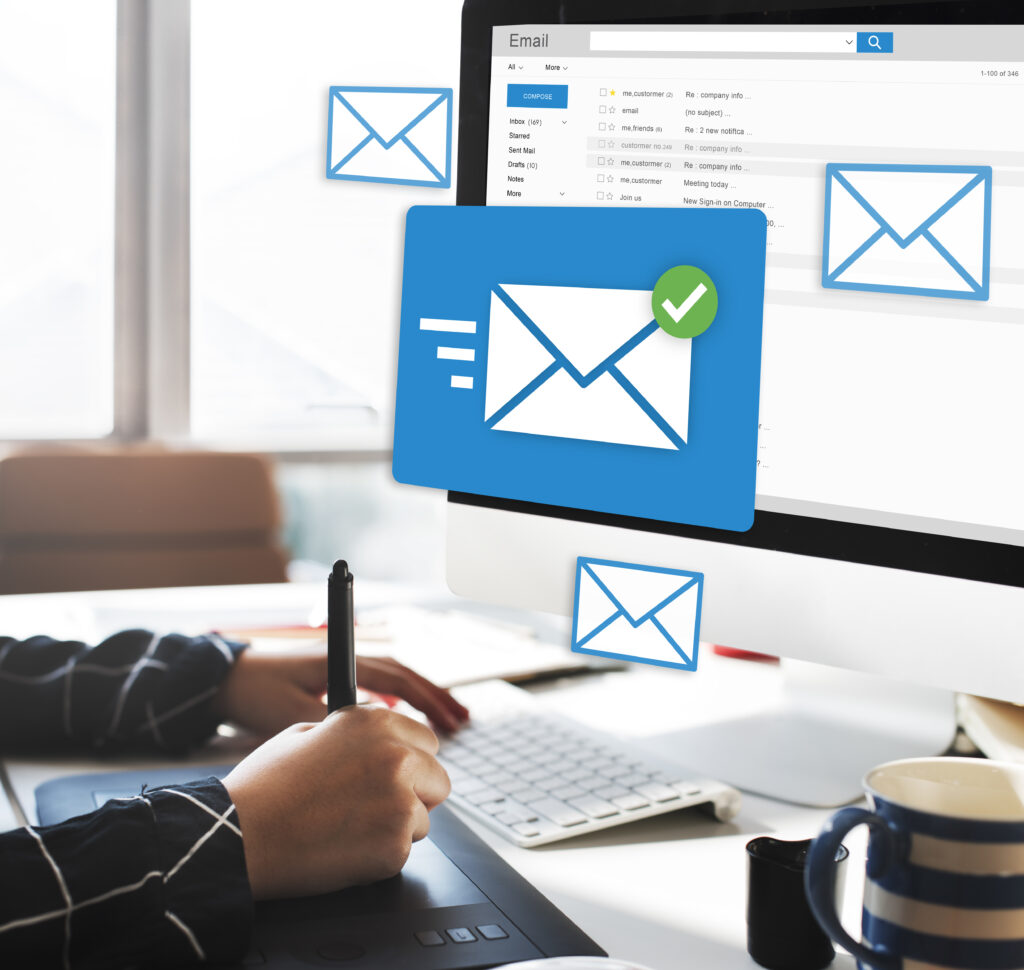What is Email Marketing and How to Do It Right
Email marketing is one of the most effective ways to connect with your audience, build relationships, and increase sales. With billions of people using email every day, a well-executed email strategy can help your business grow exponentially. Here’s everything you need to know to master email marketing. What is Email Marketing? Email marketing involves sending tailored messages to a group of people via email. These emails can serve various purposes, such as sharing updates, promoting products, or nurturing leads. It’s a direct communication channel that helps you build trust and loyalty with your audience. Why is Email Marketing Important? Cost-Effective: It offers one of the highest returns on investment compared to other marketing channels. Personalized Messaging: Tailor your content to match your audience’s interests. Improves Engagement: Keep your audience informed and connected to your brand. Measurable Results: Track performance metrics like open rates, click-through rates, and conversions. Versatility: Use it for promotions, newsletters, event invitations, and more. Steps to Build a Winning Email Marketing Strategy 1. Grow Your Email List Your email list is the backbone of your email marketing campaigns. Focus on attracting engaged subscribers. How to Grow Your List: Add sign-up forms to your website and social media. Offer incentives like discounts, free eBooks, or exclusive content. Use pop-ups or exit-intent forms to capture emails. Collect emails at events or in-store visits. 2. Segment Your Subscribers Segmentation means dividing your email list into smaller groups based on specific criteria. Demographics such as age, gender, or location. Buying behavior or past interactions. Interests or preferences. 3. Create Engaging Emails The content of your email determines whether your audience will read, engage, or ignore it. Tips for Creating Great Emails: Subject Lines: Make them short, catchy, and to the point. Personalization: Include the recipient’s name and tailor the content to their interests. Call-to-Action (CTA): Use clear and compelling CTAs that encourage action. Design: Use mobile-friendly and visually appealing email templates. 4. Automate Your Emails Automation helps you send the right message at the right time without manual effort. Examples of Automated Emails: Welcome messages for new subscribers. Abandoned cart reminders. Special occasion emails, like birthdays. Follow-ups after purchases. 5. Measure and Optimize Regularly analyze the performance of your campaigns to improve results. Metrics to Track: Open rates. Click-through rates. Conversion rates. Unsubscribe rates. 6. Stay Compliant Respect your audience’s privacy and follow email marketing laws. Best Practices: Get explicit consent before sending emails. Include an easy way to unsubscribe. Clearly state your business details in each email. Types of Email Campaigns Newsletters: Keep your audience updated on your business or industry news. Promotions: Announce sales, discounts, or special offers. Event Invitations: Invite subscribers to webinars, launches, or other events. Feedback Requests: Ask for reviews or suggestions to improve your services. Benefits of Email Marketing Direct Communication: Reach your audience right in their inbox. Boosts Conversions: Drive traffic and encourage purchases. Builds Relationships: Stay connected with your customers. Strengthens Brand Awareness: Consistent emails reinforce your brand identity. Common Mistakes to Avoid Sending emails without permission. Overloading subscribers with too many emails. Neglecting mobile-friendly designs. Using generic or misleading subject lines. Ignoring performance analytics. Recommended Tools for Email Marketing Mailchimp: Easy to use with excellent analytics. Constant Contact: Great for small businesses. HubSpot: Advanced features for automation and segmentation. Sendinblue: Affordable and versatile for all types of businesses. Conclusion Email marketing is a powerful tool that can help you build lasting relationships with your audience and drive significant results for your business. By growing your email list, creating engaging content, and leveraging automation, you can create impactful campaigns that deliver value to your subscribers. Focus on providing meaningful and personalized experiences to make the most of your email marketing efforts.

